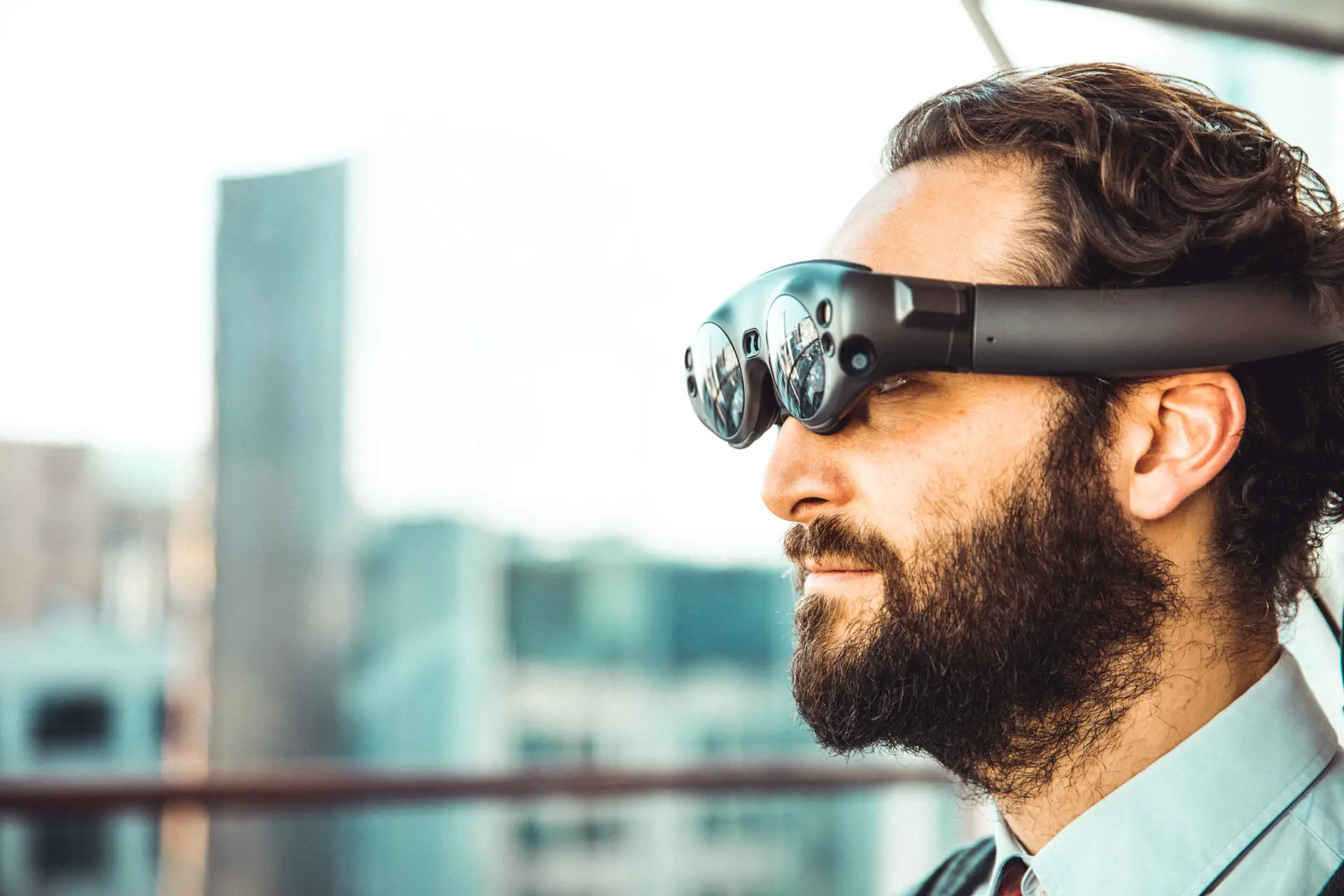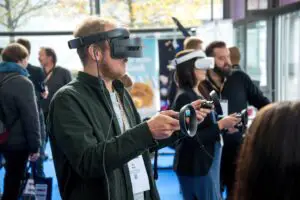Recent research published in Science Daily has shown that people recall information better through augmented reality than the conventional way. This is true because 80% of the information our brain constantly process is visual. By providing information to the brain in a visual nature through augmented reality spatially and interactively, we help our brain to process information and access it faster.
By 2020, 25% of the American workforce will soon approach retirement. In some industries, this is a primary concern because these workers will take years of significant expertise into retirement with them. Companies are exploring innovative ways to transfer knowledge from their experienced workers to newer hires.
Augmented Reality (AR) can help address this challenge. With AR, companies can be more vibrant, interactive, and adaptive in their training–all of which are appealing to incoming millennials in the workforce.
Here are 4 interesting ways of AR in training and knowledge transfer
1. Providing real-time information
Using AR smart glasses or devices can enable workers to test their knowledge in practice safely and skillfully receive real-time help. Maintenance specialists can fix high-voltage equipment using tips and other helpful augmented information provided by augmented reality hardware.
This ends the need to retrain a certain employee or involve another more skilled expert for help. All the essential and updated information is accessible through augmented reality smart glasses or devices. Once AR equipment is being added to the system, it updates the existing information. This relatively saves time for meetings or other additional communication to inform the workforce.
Workers just have to learn how to use augmented reality hardware to become prepared for work.
2. Everyday learning
Fortunately, the augmented reality technology needs no updating of the hardware companies to maintain. With existing augmented reality platforms, like the AR kit and AR Core, ordinary smartphones become strong and helpful training tools.
Since most workers own a smartphone device, augmented reality corporate training requires minimum resources to invest. Implemented and properly configured, augmented reality can help improve corporate safety and productivity and lower some expenses.
3. Helps overcome cognitive barriers
Hands-on skills–like surgery, equipment assembly, device maintenance, field service operations, etc.—have a steep learning curve. They expect learners to construct a 3D image of an object in their head from 2D learning materials, and this takes a lot of cognitive effort. AR can assist learners in overcome these barriers, allowing learners to experience, imbibe, and test the skills they learn.
4. Retaining knowledge
Augmented reality technology can help boost businesses, keep the skills and knowledge of those workers who retire. With SWIS glasses, experienced workers can now continue working for their companies, even staying at home and provide their ex-employers with skillful help while staying at the comfort of their home.
Follow us on LinkedIn
Read other Articles




